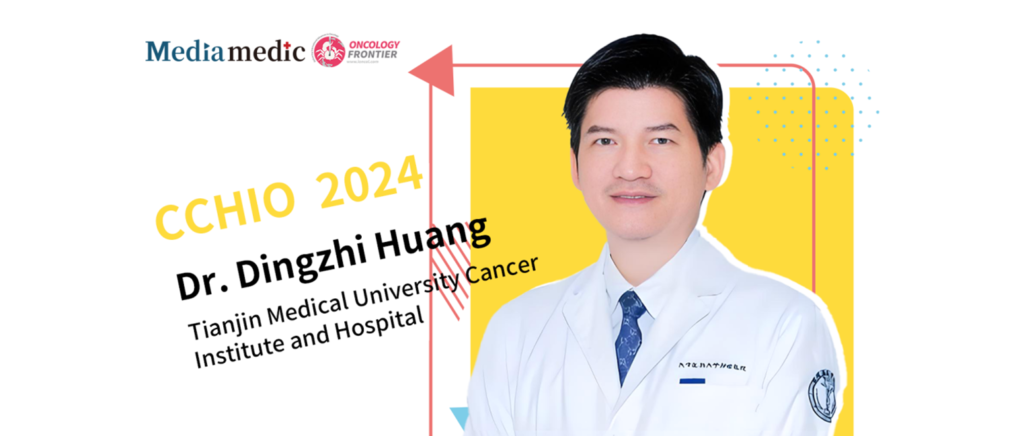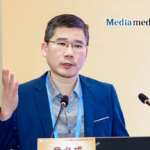
At the 2024 CCHIO Lung Tumor Integrated Rehabilitation Session, Dr. Dingzhi Huang from Tianjin Medical University Cancer Institute and Hospital delivered a presentation titled “Advances in SCLC Treatment.” Below is a comprehensive summary of the key highlights.Overview of SCLC
SCLC, a highly aggressive type of lung cancer, is categorized into limited-stage (LS-SCLC) and extensive-stage (ES-SCLC). In recent years, breakthroughs in immunotherapy and novel therapeutics have transformed the treatment landscape.
1. Treatment of Limited-Stage SCLC (LS-SCLC)
Traditional Treatment Approaches
The standard systemic treatments for LS-SCLC have been concurrent chemoradiotherapy (cCRT) or sequential chemoradiotherapy (sCRT). However, with the success of PD-L1 inhibitors in ES-SCLC, there is growing interest in extending these therapies to LS-SCLC.
Key Advances: The ADRIATIC Trial
- ADRIATIC, the first global Phase III trial of immunotherapy following cCRT, demonstrated that durvalumab significantly improved overall survival (OS) and progression-free survival (PFS) compared to placebo.
- Outcomes from ADRIATIC established durvalumab maintenance therapy as the new standard for LS-SCLC, similar to its success in NSCLC (PACIFIC trial).
- Subgroup Analysis: Patients with partial response (PR) or stable disease (SD) post-cCRT derived greater benefits from durvalumab maintenance. Patients achieving complete response (CR) still faced disease progression, highlighting the need for better precision in identifying optimal candidates for immunotherapy.
Alternative Immunotherapy Approaches
- The GASTO-1052A trial using toripalimab maintenance therapy also demonstrated promising potential.
- Trials comparing immunotherapy combined with cCRT versus sequential immunotherapy after cCRT suggest that sequential strategies may be more effective.
2. Treatment of Extensive-Stage SCLC (ES-SCLC)
Landmark Trials and the Immunotherapy Era
- IMpower133 revolutionized ES-SCLC treatment by introducing immune checkpoint inhibitors (ICIs) into frontline therapy. Subsequent trials such as CASPIAN, CAPSTONE-1, and RATIONALE-312 solidified chemotherapy plus immunotherapy as the standard first-line treatment.
New Frontline Combination Strategies: ETER701 Trial
- The ETER701 trial evaluated a four-drug regimen combining anlotinib (anti-angiogenic), bemucizumab (PD-L1 antibody), etoposide, and carboplatin: OS: 19.3 months (7.4-month improvement over the control group). PFS: 6.9 months (2.72-month improvement). Challenges: Increased toxicity and lack of direct comparison with standard chemo-immunotherapy regimens.
Maintaining Benefits with Immunotherapy and Targeted Therapy
- The DURABLE trial demonstrated that durvalumab + anlotinib maintenance therapy extended OS to 17.4 months, compared to 12.4 months with durvalumab alone.
Chest Radiotherapy in the Immunotherapy Era
- Consolidative thoracic radiotherapy (TRT) remains relevant in ES-SCLC. The NRG-LU007 trial is currently investigating the benefits of combining TRT with immunotherapy.
3. Novel Therapeutics: BiTEs and ADCs
BiTEs Targeting DLL3/CD3
DLL3 is overexpressed in SCLC and is nearly absent in normal tissues, making it an attractive therapeutic target.
- Tarlatamab (DLL3/CD3 BiTE): In Phase II DeLLphi-301, Tarlatamab achieved: ORR: 40% (10 mg dose). Median OS: 15.2 months. As a first-line maintenance therapy post-chemotherapy, it showed improved PFS (5.6 months).
- MK-6070 (DLL3/CD3/Albumin Tri-Specific Antibody): Demonstrated anti-tumor activity, including in patients with brain metastases.
Antibody-Drug Conjugates (ADCs)
- B7-H3-Targeted ADCs: I-DXd (B7-H3 ADC): ORR: 54.8% (12 mg/kg group). Median OS: 11.8 months.
- TROP-2 ADCs: SHR-A1921: ORR: 33.3%. Median PFS: 3.8 months, with efficacy even in TROP-2-negative populations.
- SEZ6-Targeted ADCs: ABBV-011: Showed modest activity in relapsed/refractory SCLC. ABBV-706 (Next-Generation ADC): Preclinical studies indicate superior anti-tumor activity compared to both ABBV-011 and standard chemotherapy.
Conclusion
SCLC remains a challenging malignancy, but recent breakthroughs in immunotherapy and novel agents, such as BiTEs and ADCs, have significantly expanded treatment options. Key developments include:
- Establishing durvalumab maintenance therapy as the new standard for LS-SCLC.
- Exploring innovative frontline and maintenance strategies in ES-SCLC, such as ETER701’s four-drug regimen and durvalumab + anlotinib maintenance.
- Leveraging emerging therapeutics like DLL3-targeted BiTEs and next-generation ADCs to improve outcomes.
These advancements provide renewed hope for improving survival and quality of life for patients with SCLC.
Dr. Dingzhi Huang
- MD, PhD, Chief Physician, Deputy Director of Tianjin Medical University Cancer Institute and Hospital
- Vice Chair, CACA Lung Tumor Rehabilitation Committee
- Vice Chair, CACA Malignant Mesothelioma Committee
- Member, CSCO Non-Small Cell Lung Cancer (NSCLC) and Lung Cancer Committees


